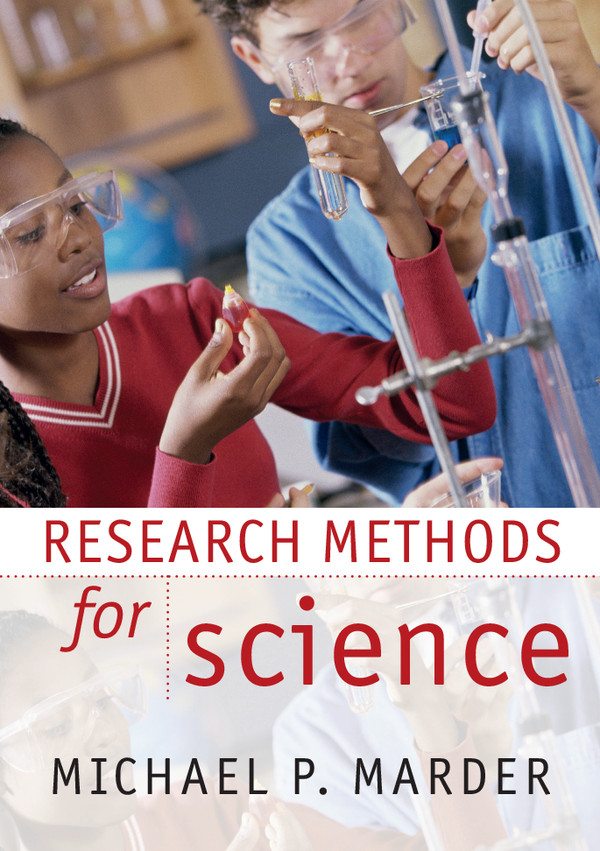Book contents
- Frontmatter
- Contents
- Preface
- 1 Curiosity and research
- 2 Overview of experimental analysis and design
- 3 Statistics
- 4 Mathematical models
- 5 Scientific information
- Appendix A Spreadsheets for basic scientific computation
- Appendix B Extract from Galileo's Two New Sciences
- Appendix C Safety in the laboratory
- Appendix D Grading rubrics
- Index
3 - Statistics
Published online by Cambridge University Press: 05 June 2012
- Frontmatter
- Contents
- Preface
- 1 Curiosity and research
- 2 Overview of experimental analysis and design
- 3 Statistics
- 4 Mathematical models
- 5 Scientific information
- Appendix A Spreadsheets for basic scientific computation
- Appendix B Extract from Galileo's Two New Sciences
- Appendix C Safety in the laboratory
- Appendix D Grading rubrics
- Index
Summary
Motivations for statistics
Statistics is the mathematics of measurement and data. The data might come from measuring the height of a friend, the sizes of fish in a lake, flipping coins, the rate electrons are ejected from a metal illuminated by light, or mathematics test scores of students in Iowa. The tools of statistics are needed whenever the data are partly predictable and partly influenced by factors too complex fully to understand. Statistics makes it possible to summarize the meaning of huge numbers of measurements in a compact form, and to explain the significance of the measurements even when chance makes them uncertain. Two of the main reasons to learn statistics are to deal with measurement error and to be able to describe distributed quantities.
Measurement error
Chapter 2 discussed the fact that almost any attempt to measure values obtains numbers that vary from one trial to the next. It provided recipes for dealing with the variation but no explanation for why the recipes work. This chapter returns to the problem and explains the solutions in more detail.
Suppose you are trying to measure the height of your friend Anne with a ruler. You make the measurement a first time and find she is 1.721 m tall. When you repeat the measurement, the meter stick tilts at a slight angle, and you get 1.722 m. You try again, and she slouches slightly, so you get 1.718 m.
- Type
- Chapter
- Information
- Research Methods for Science , pp. 51 - 111Publisher: Cambridge University PressPrint publication year: 2011



